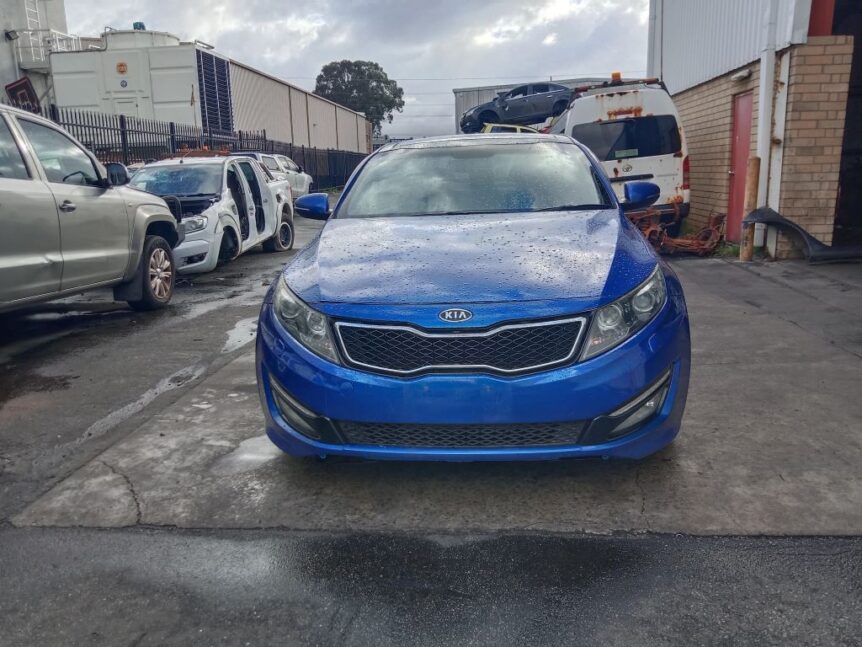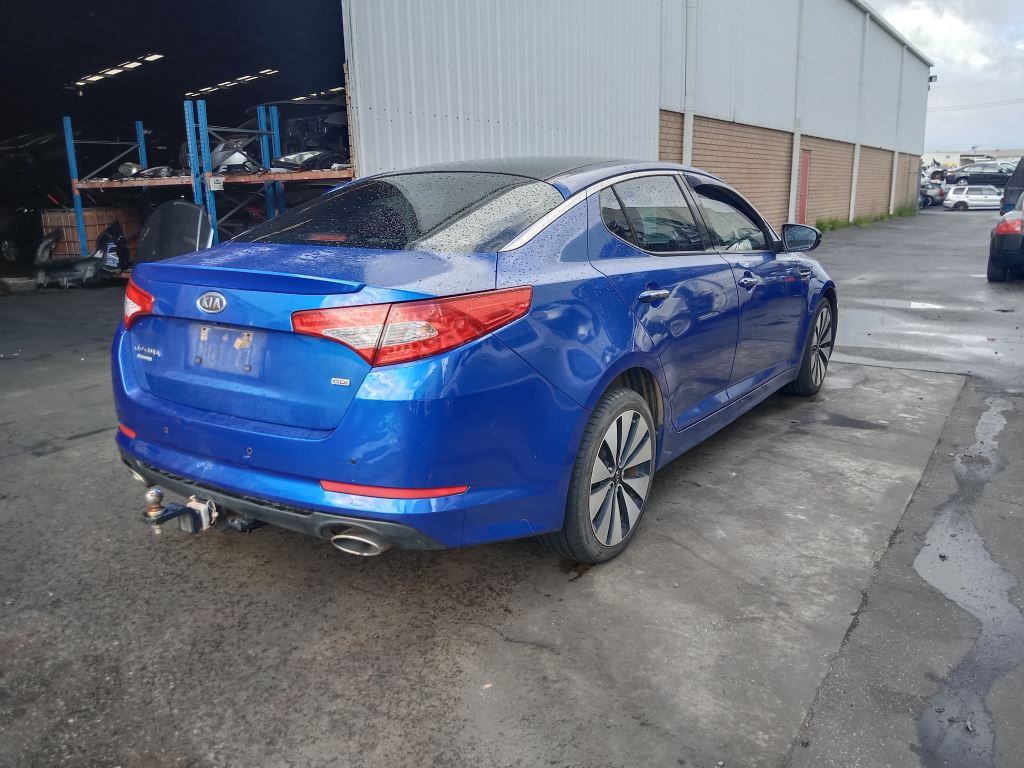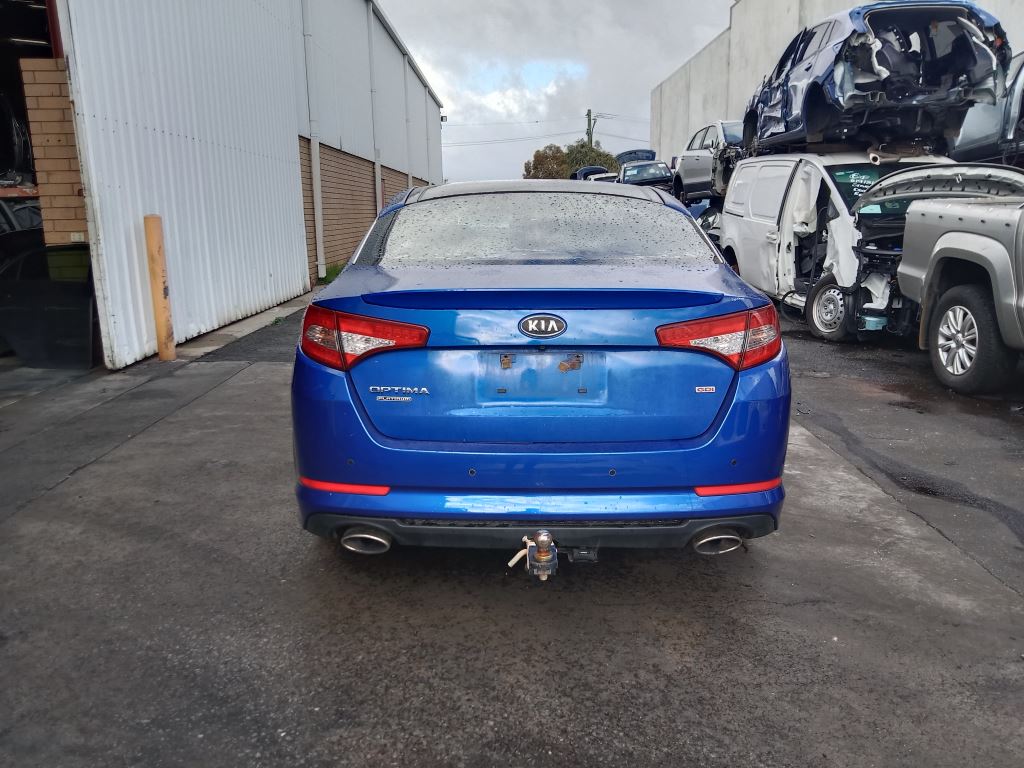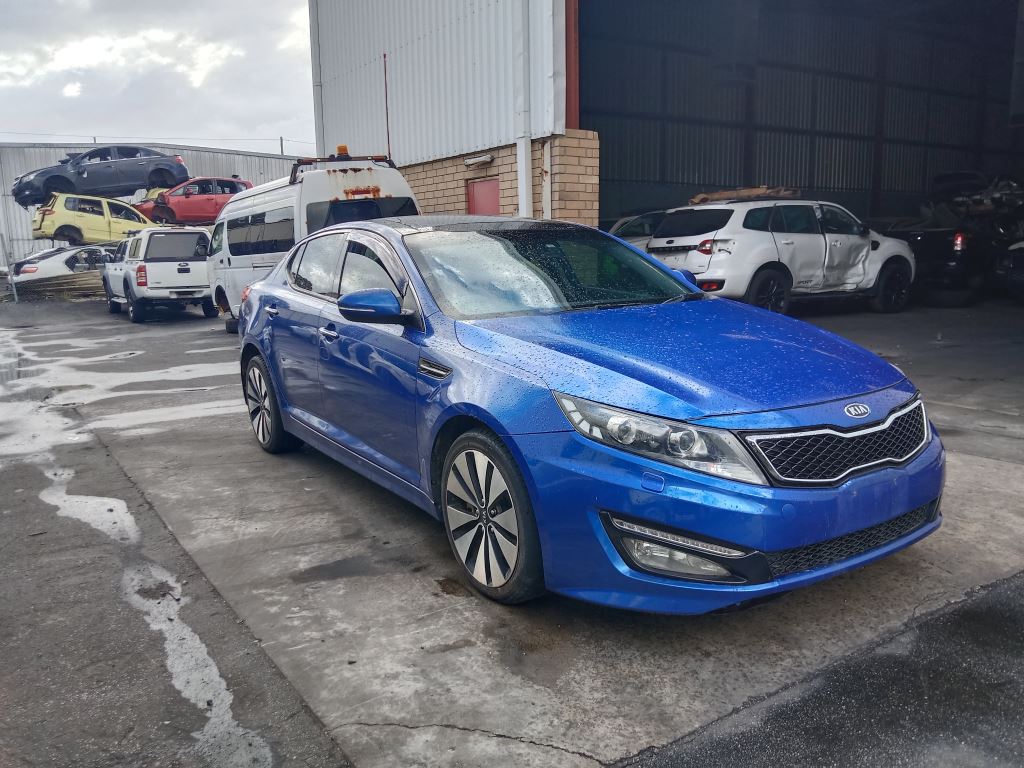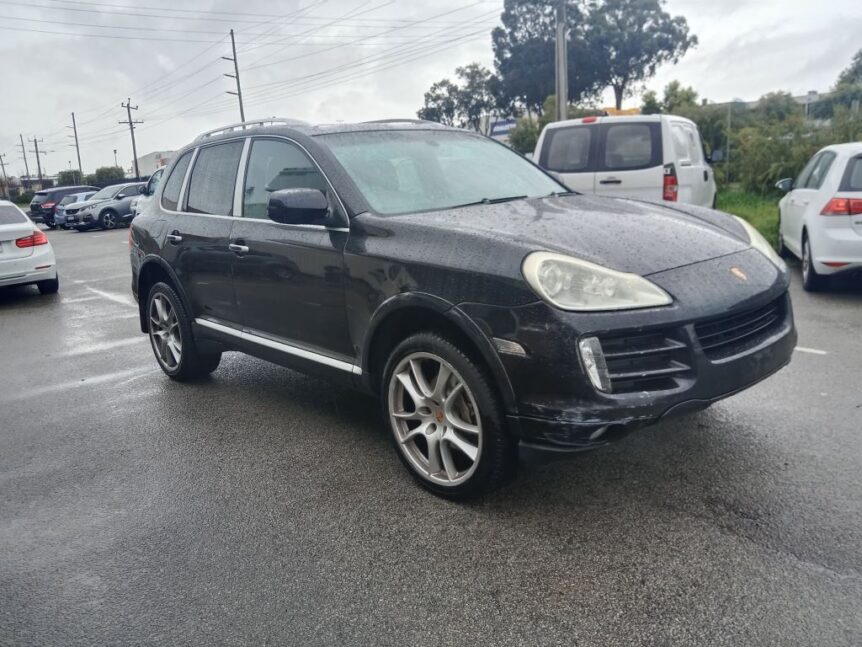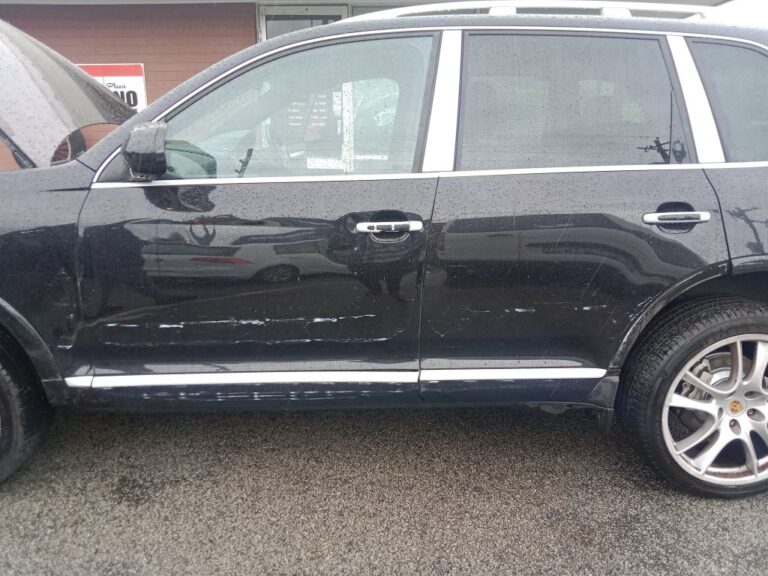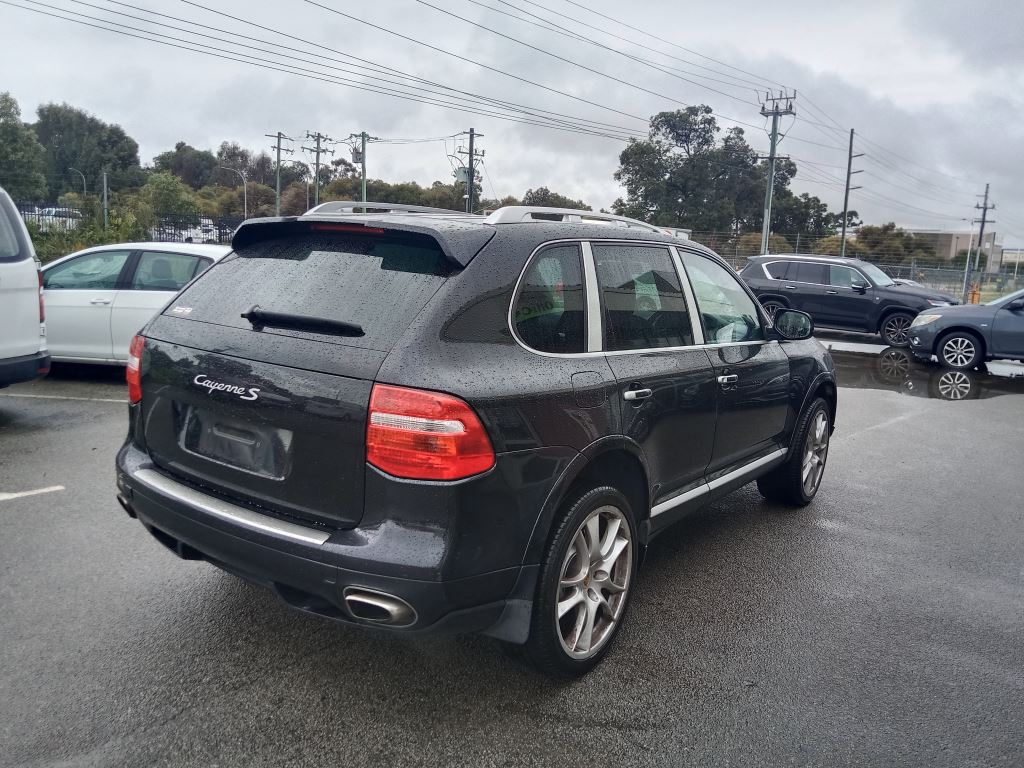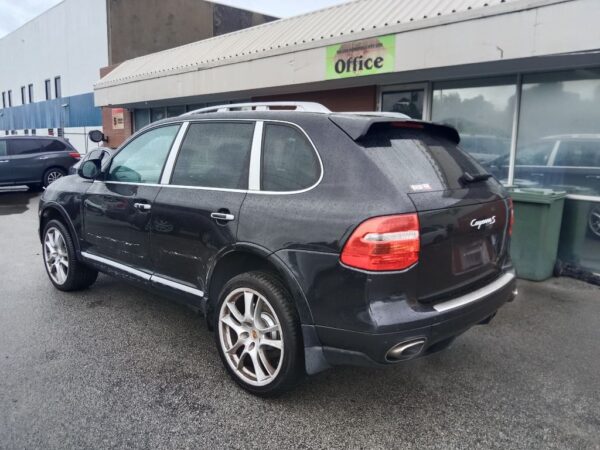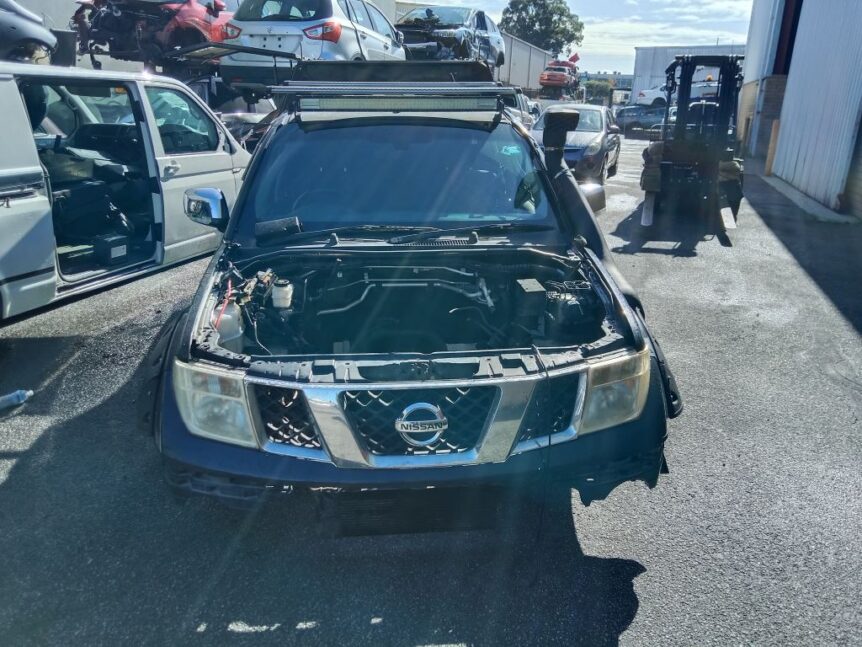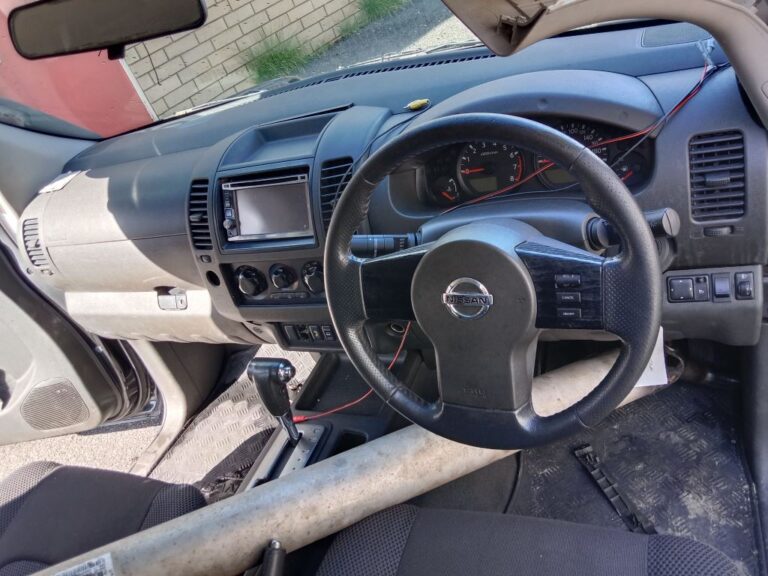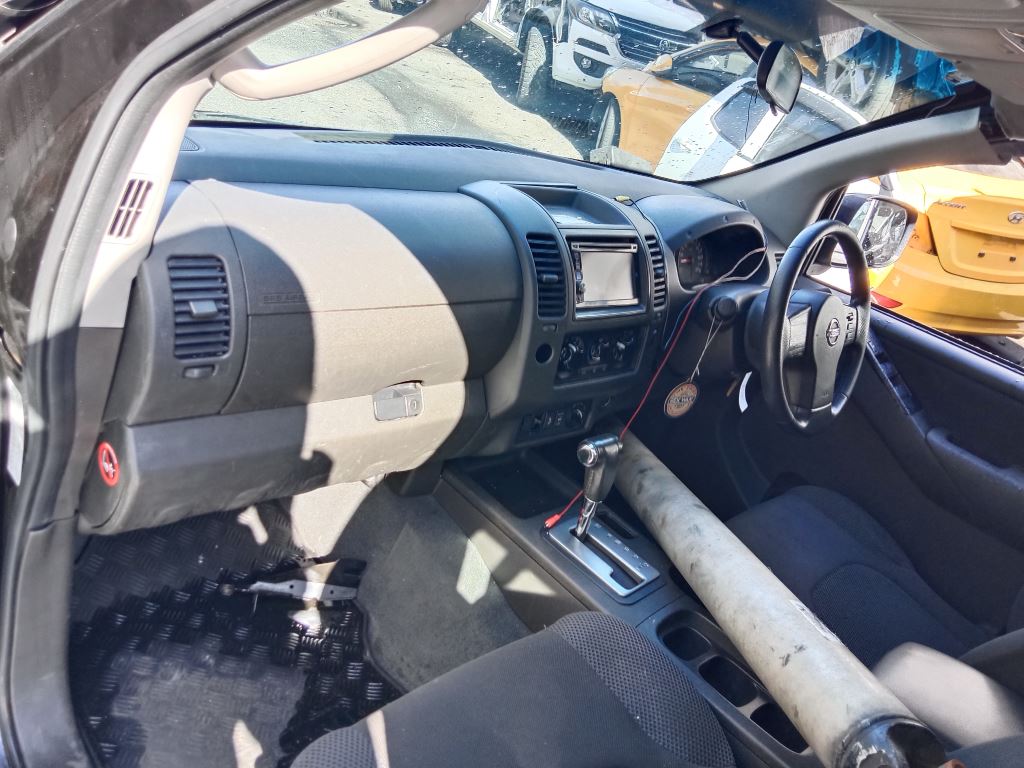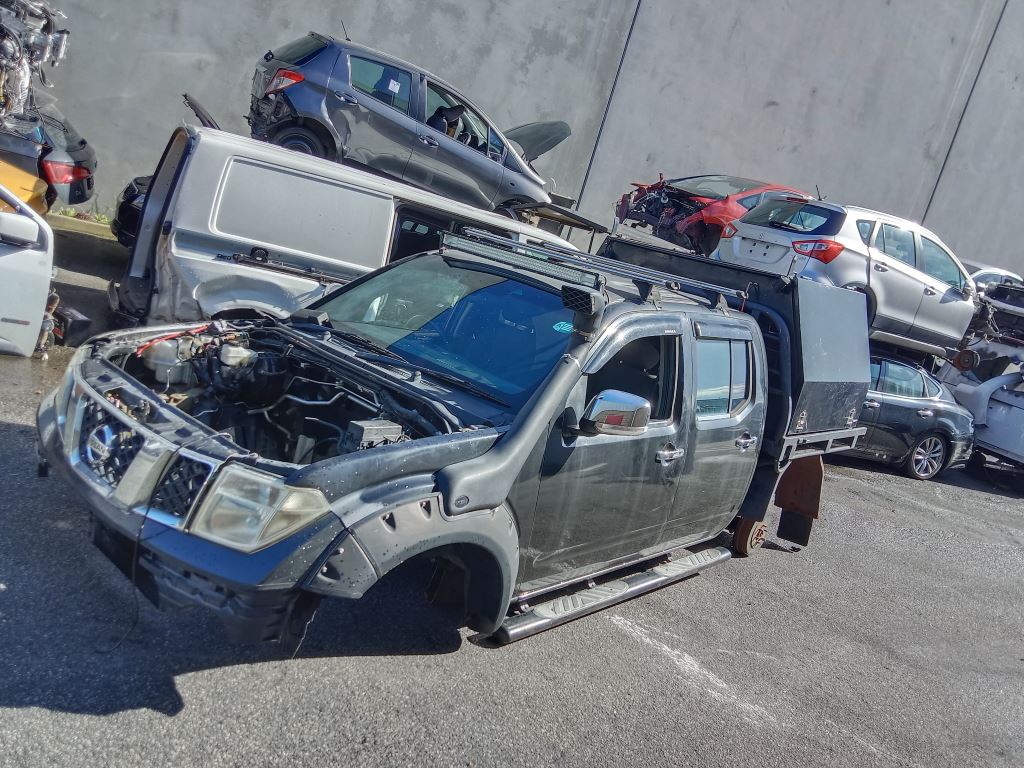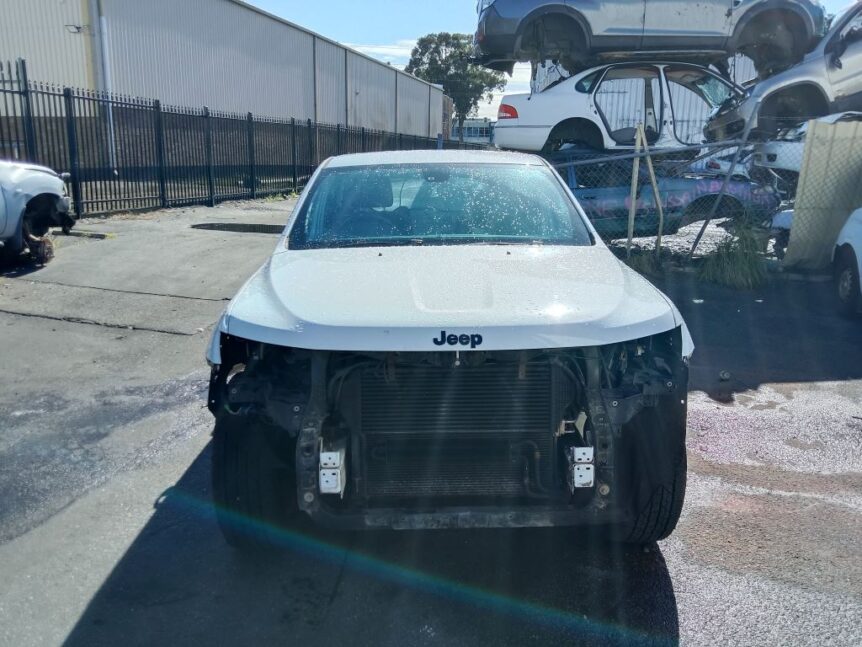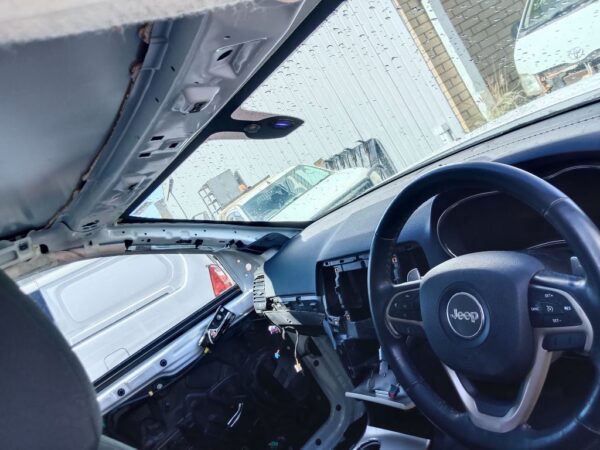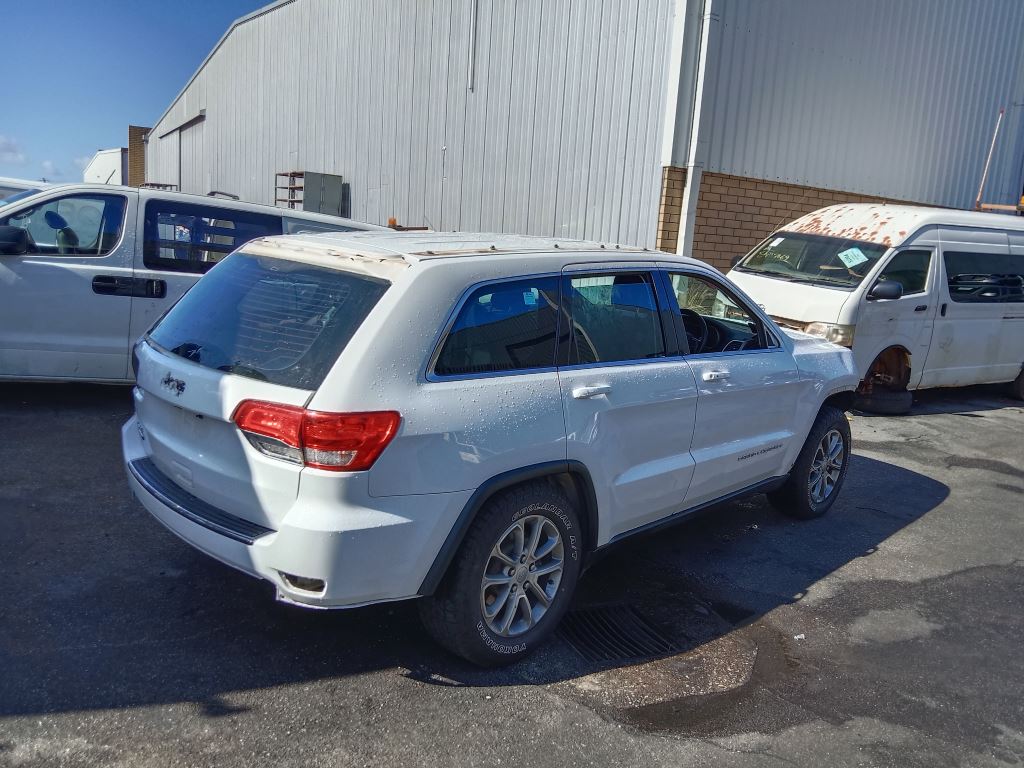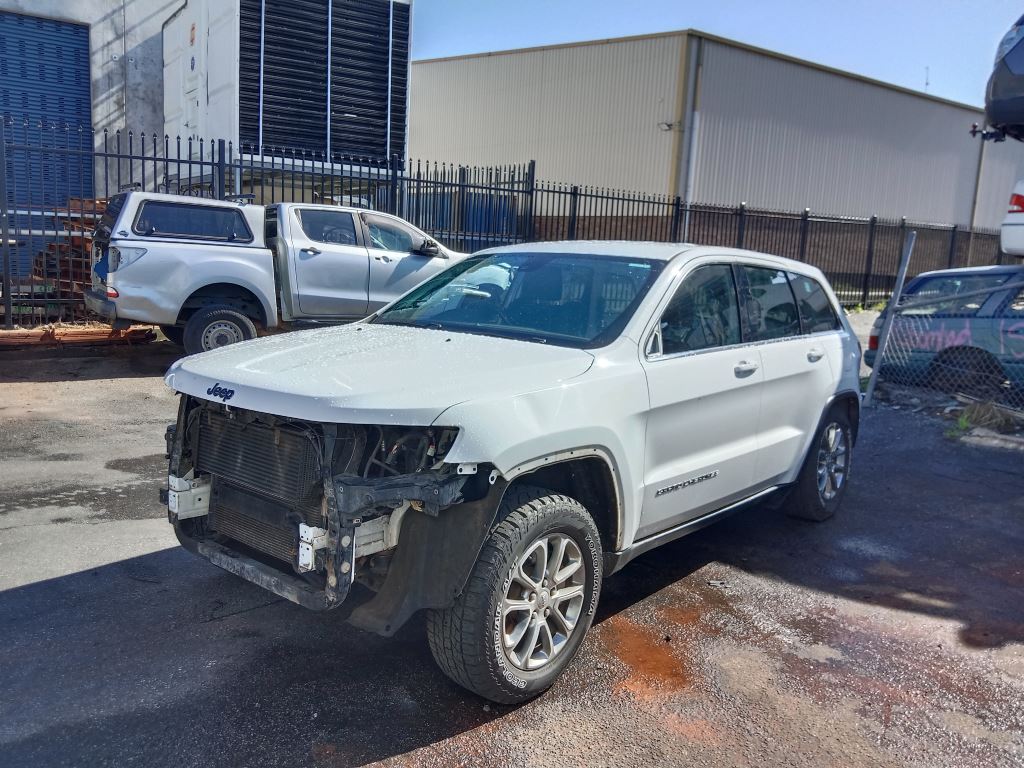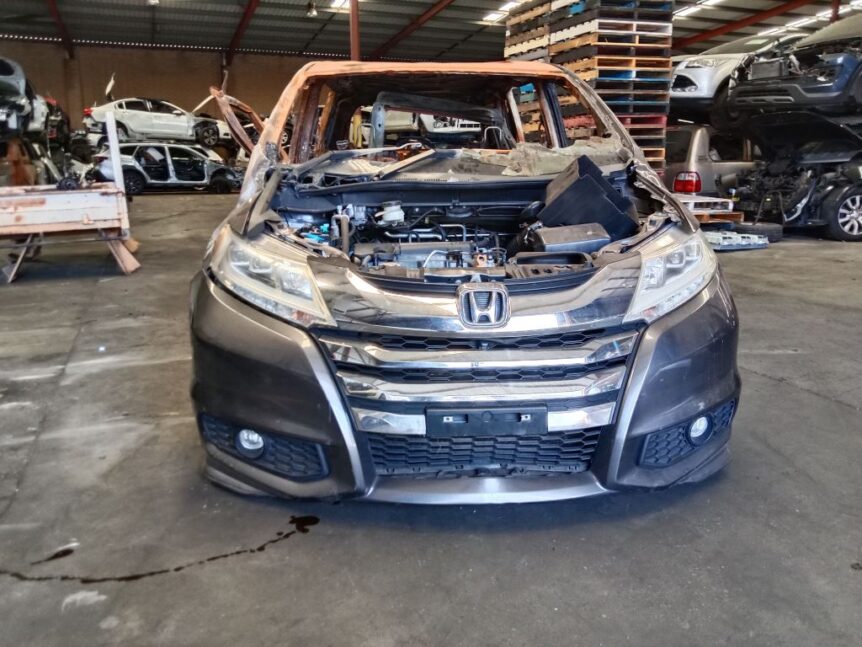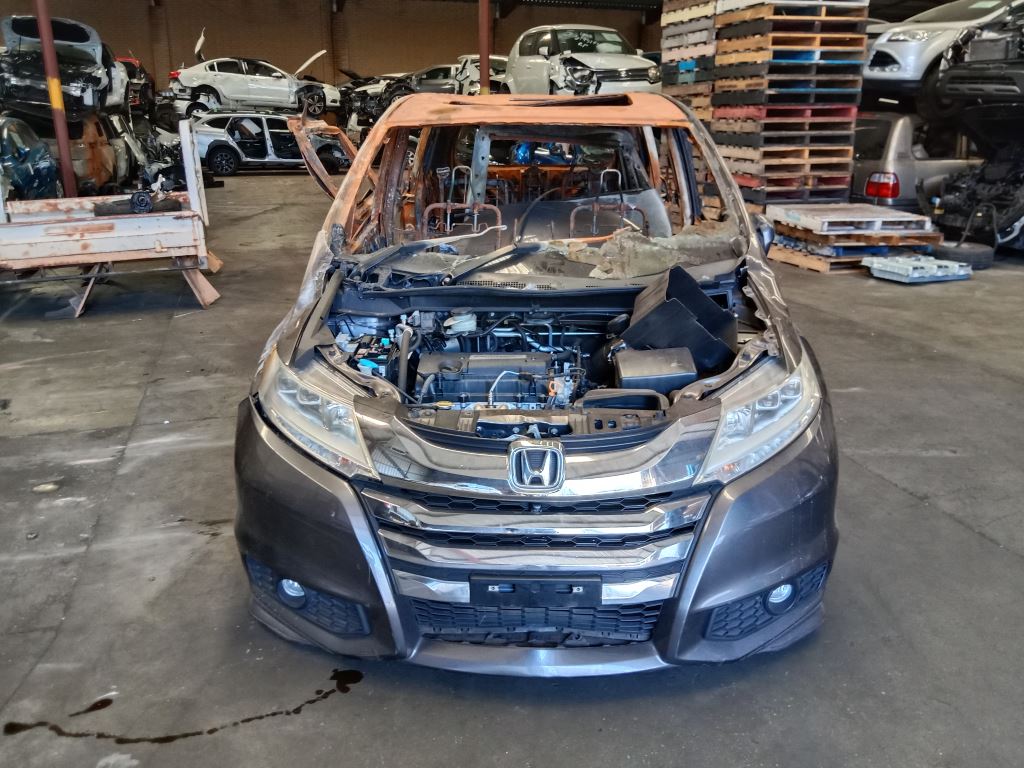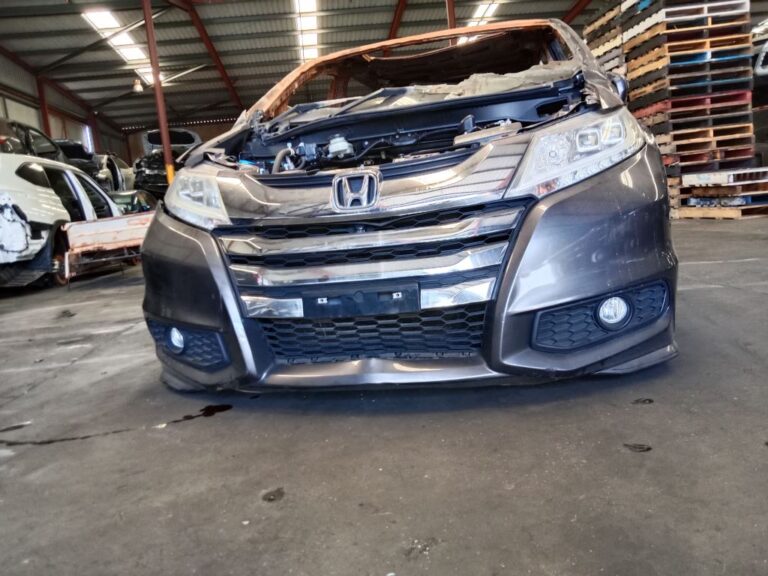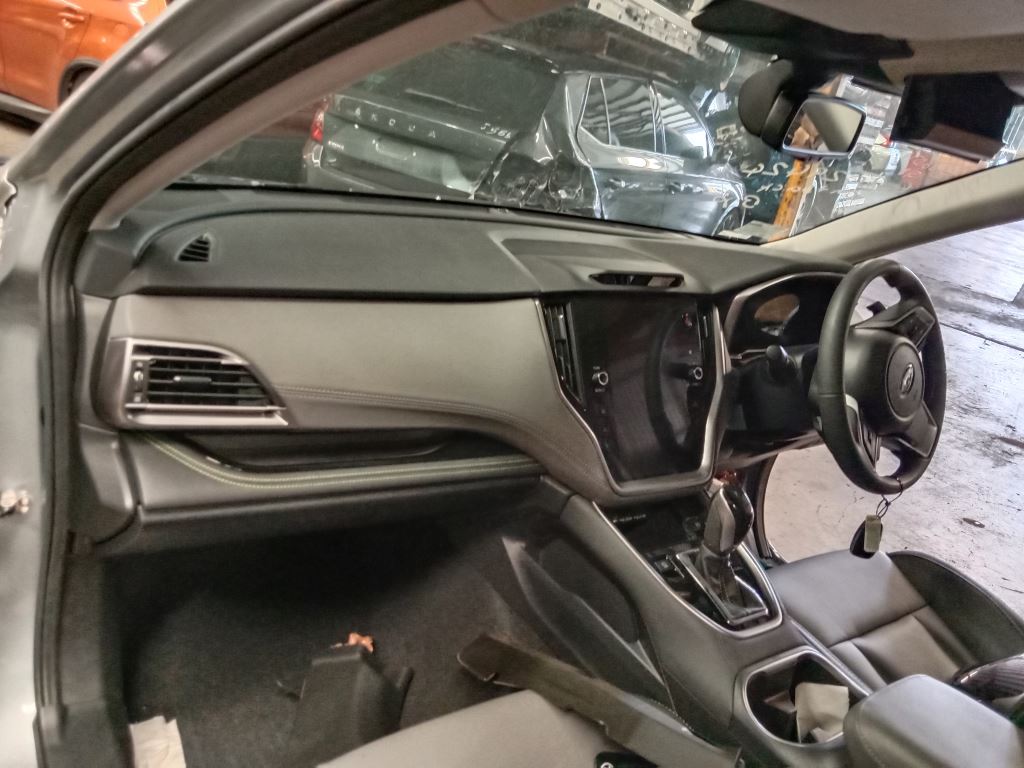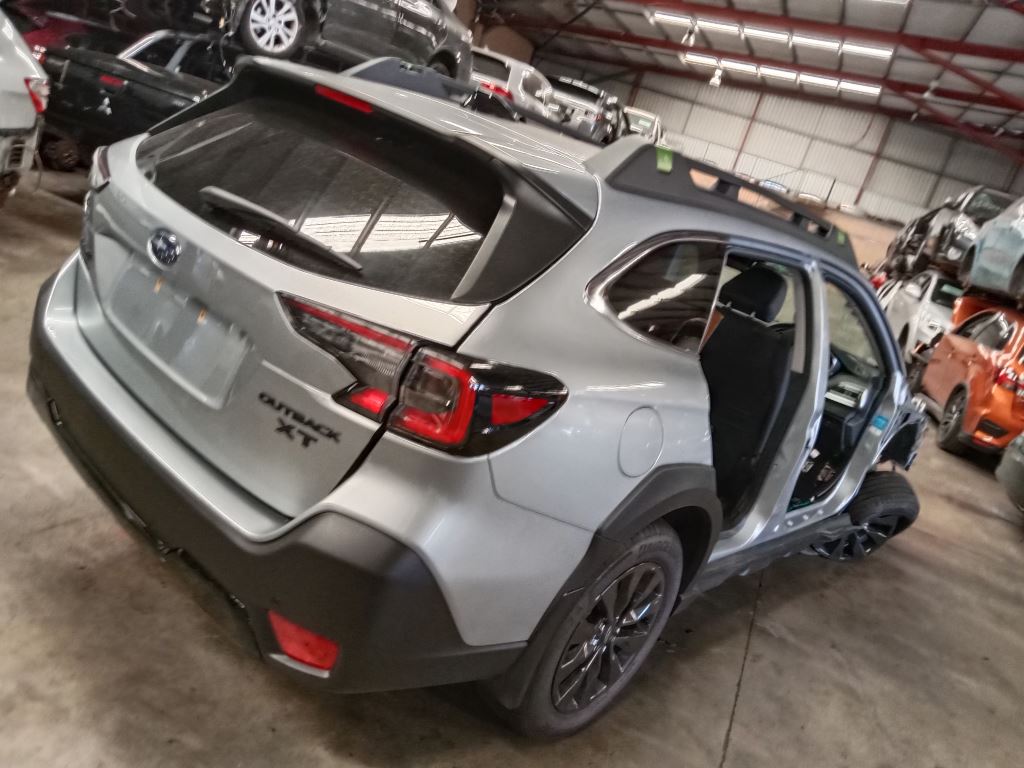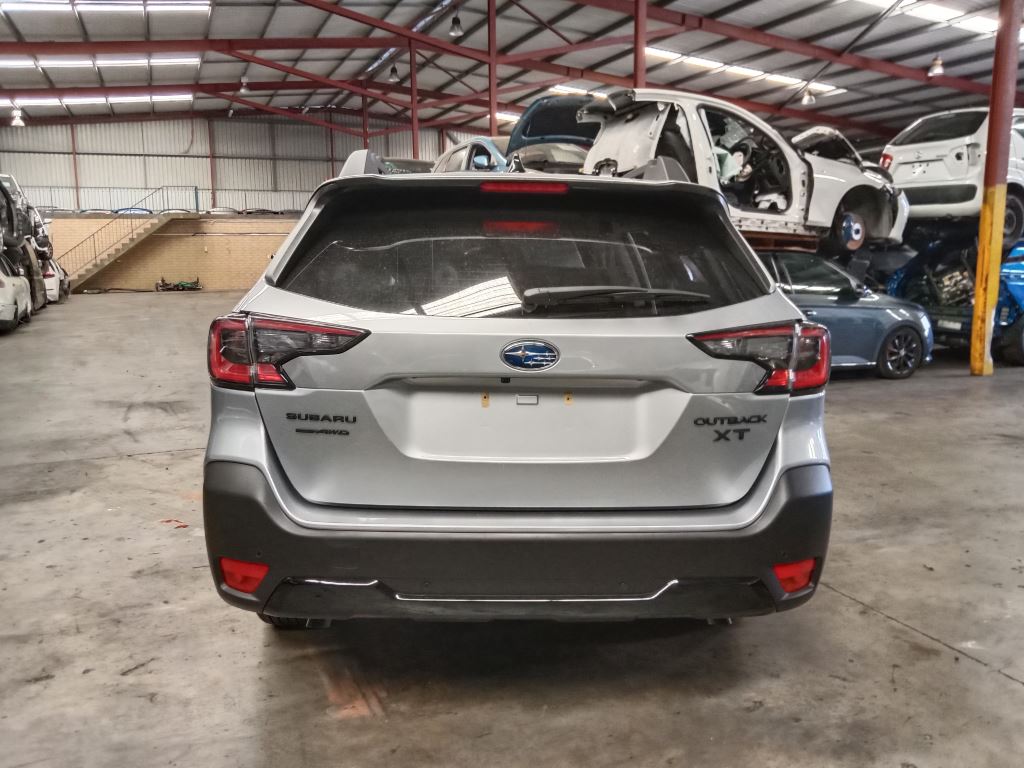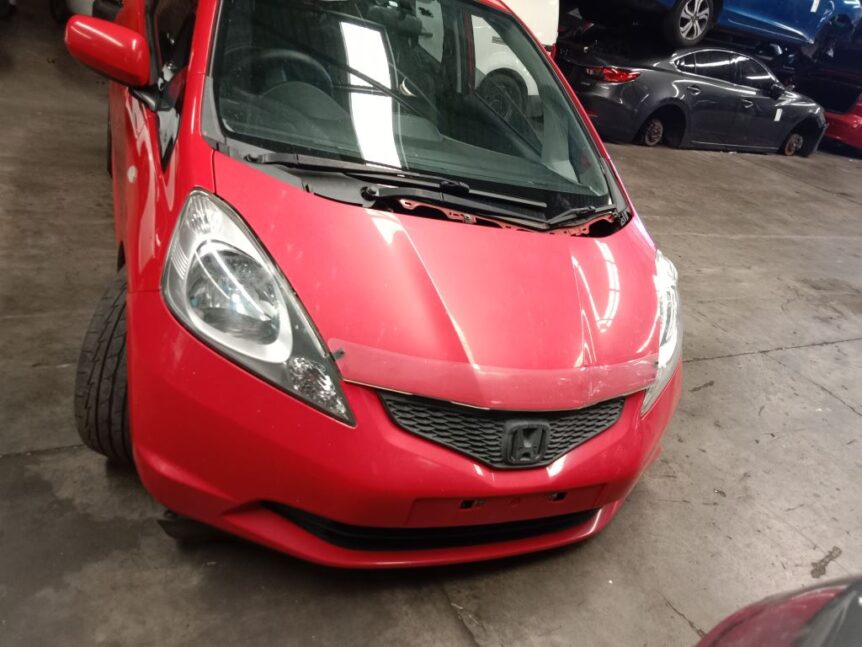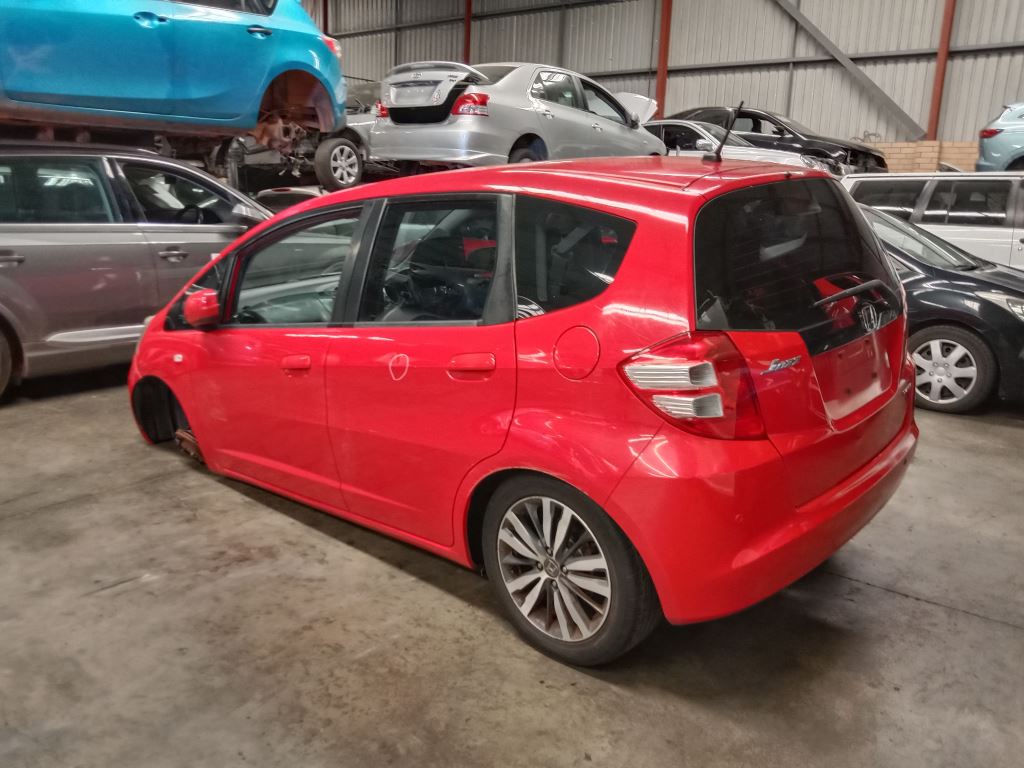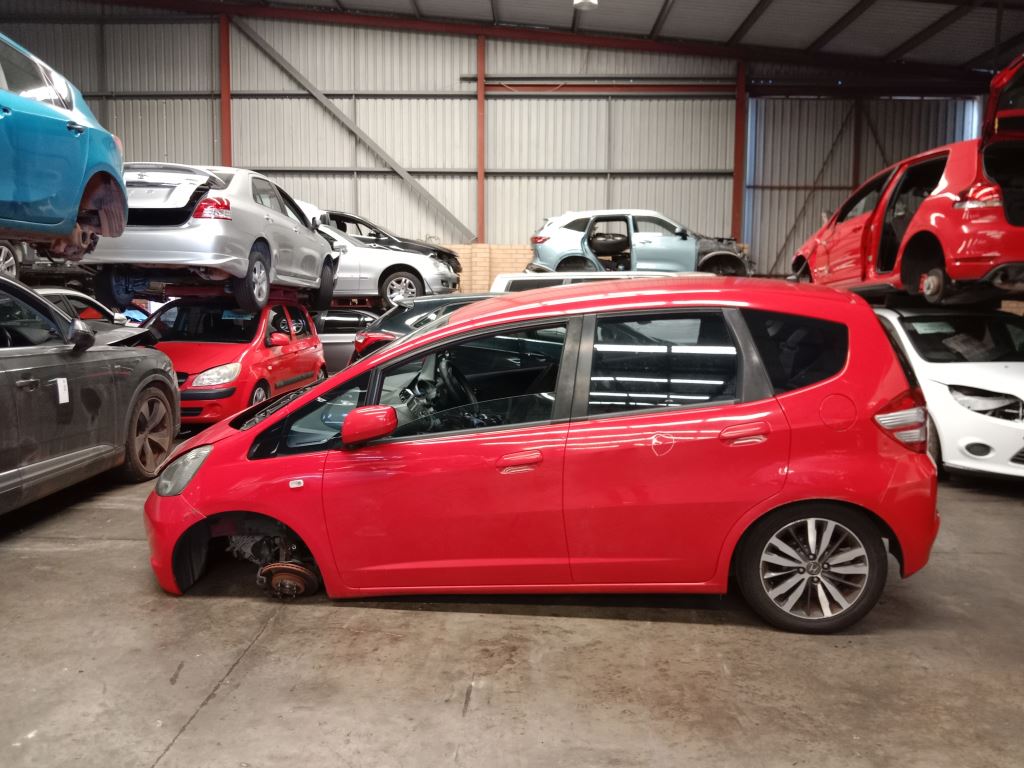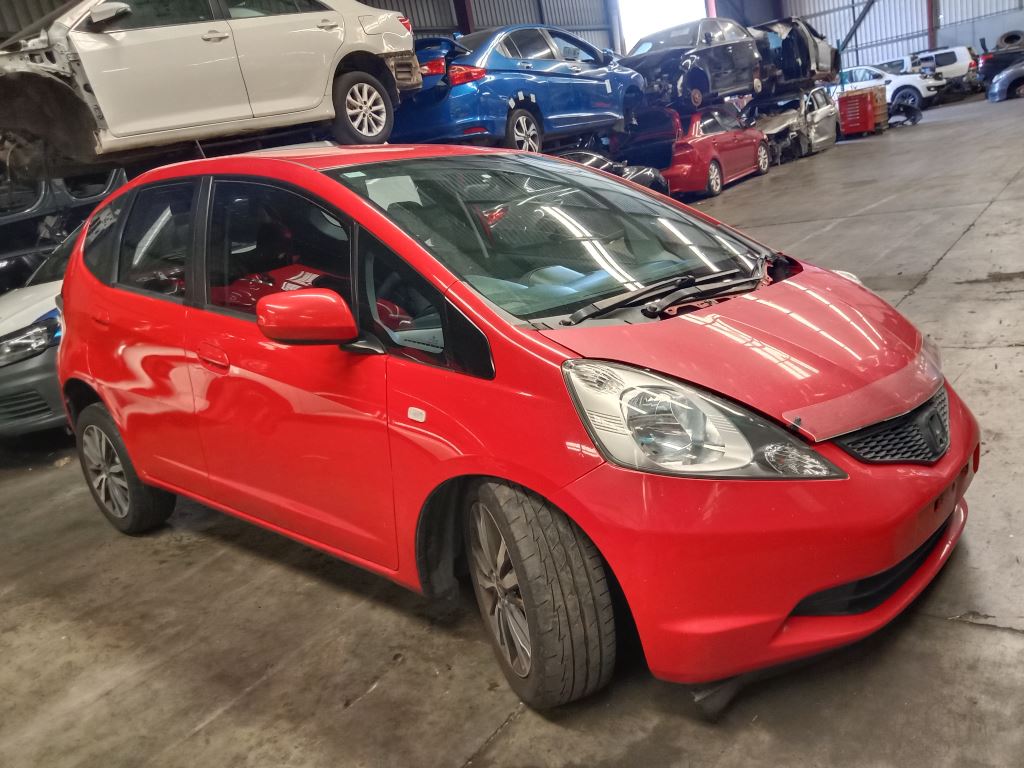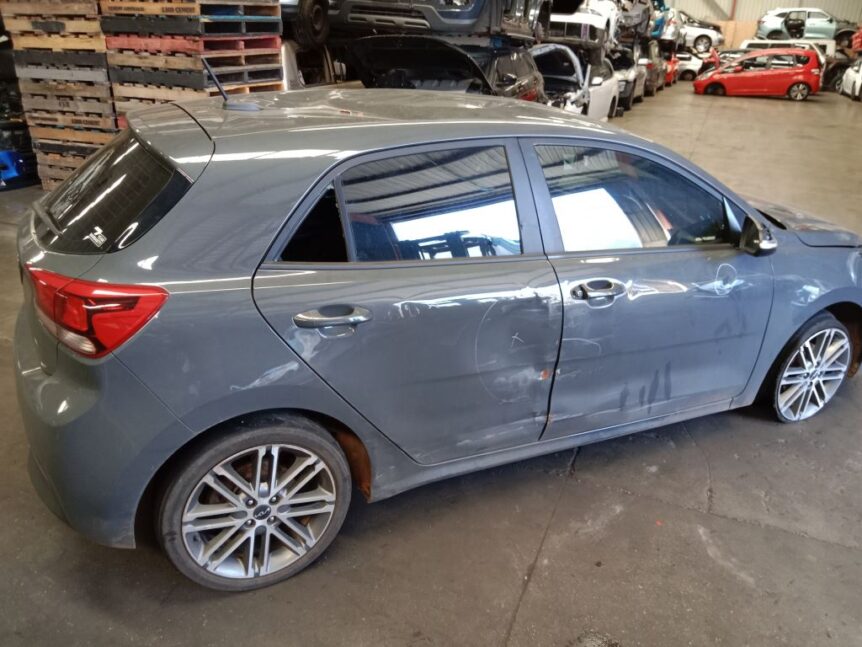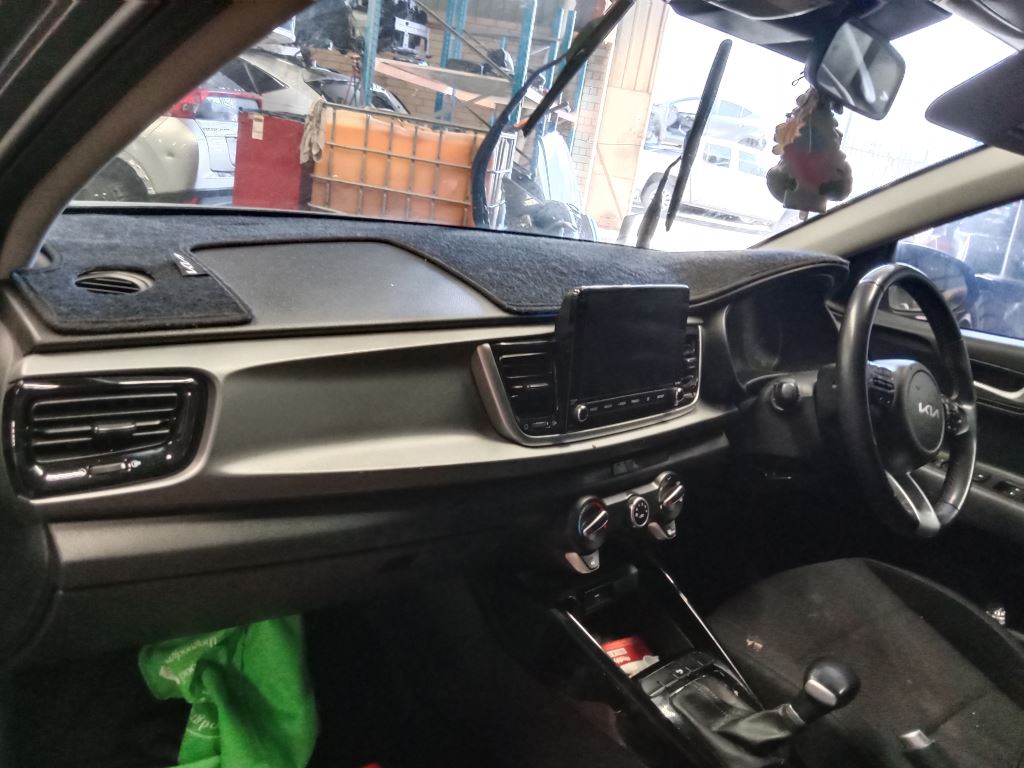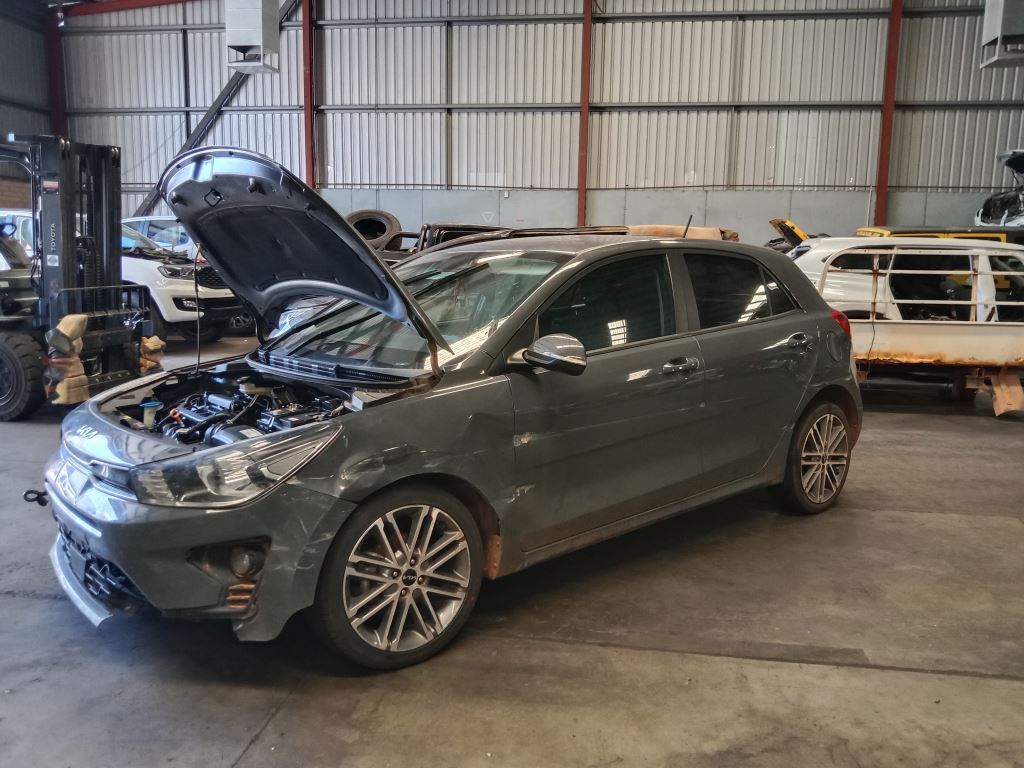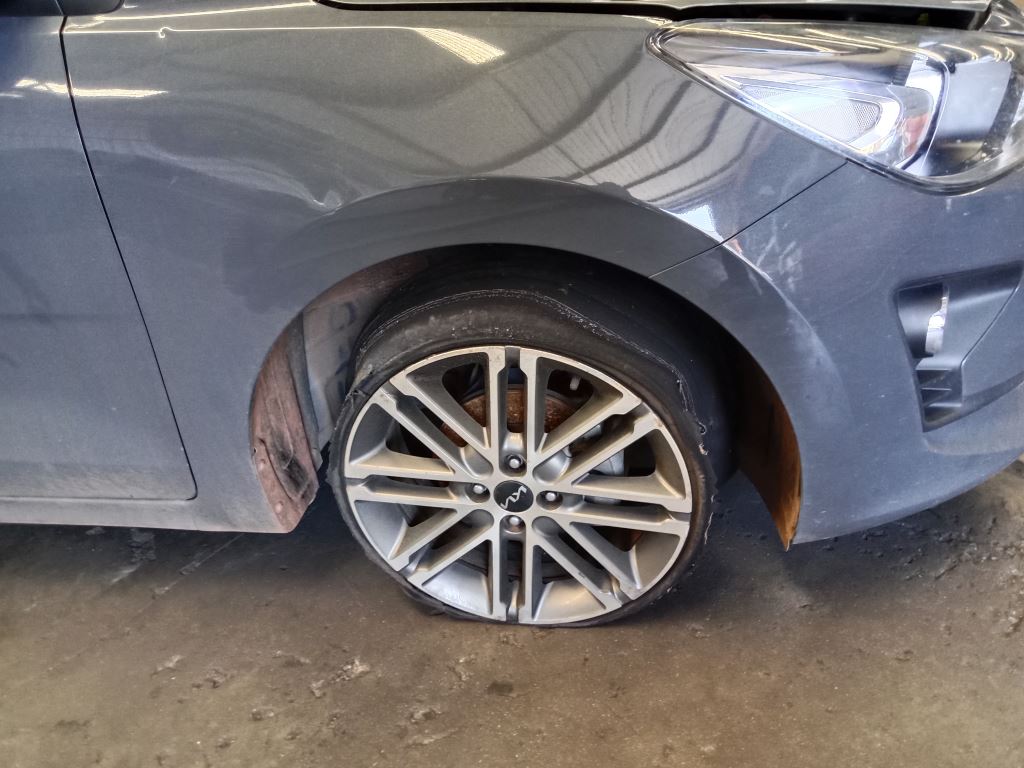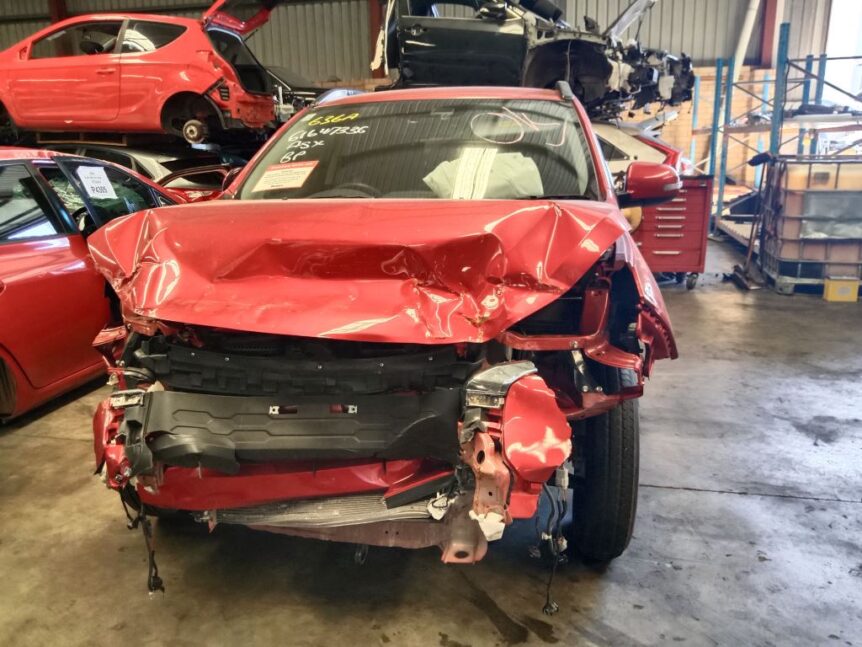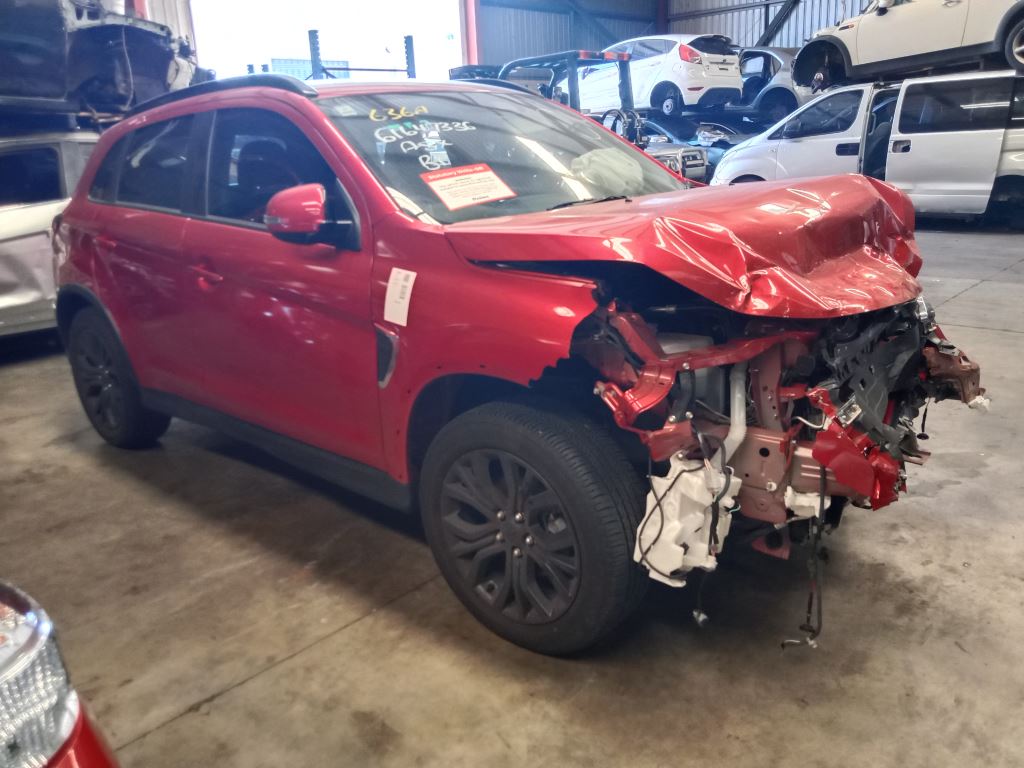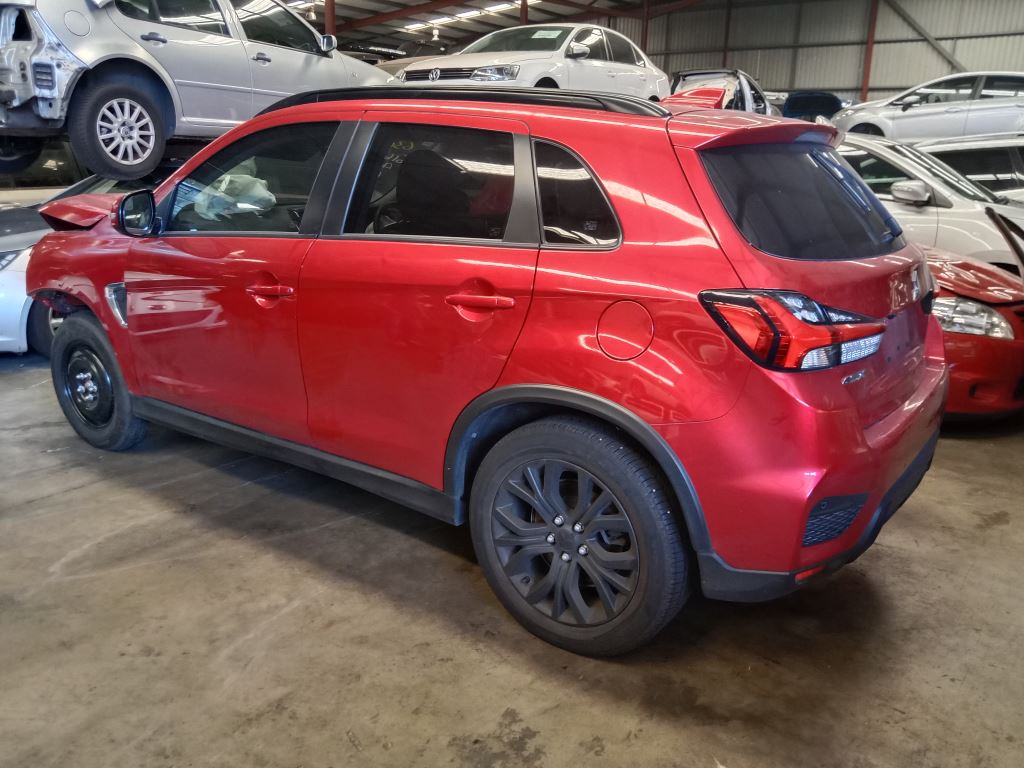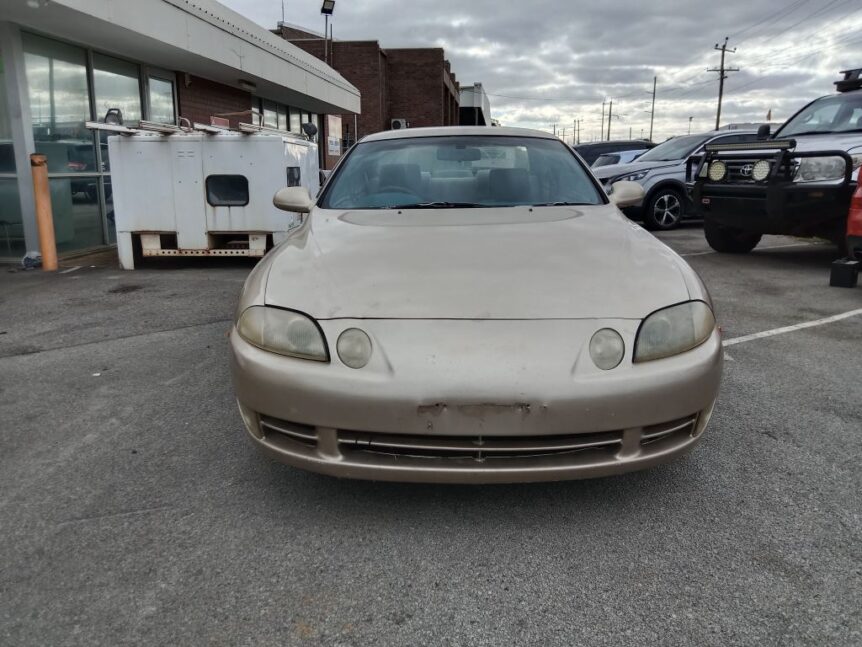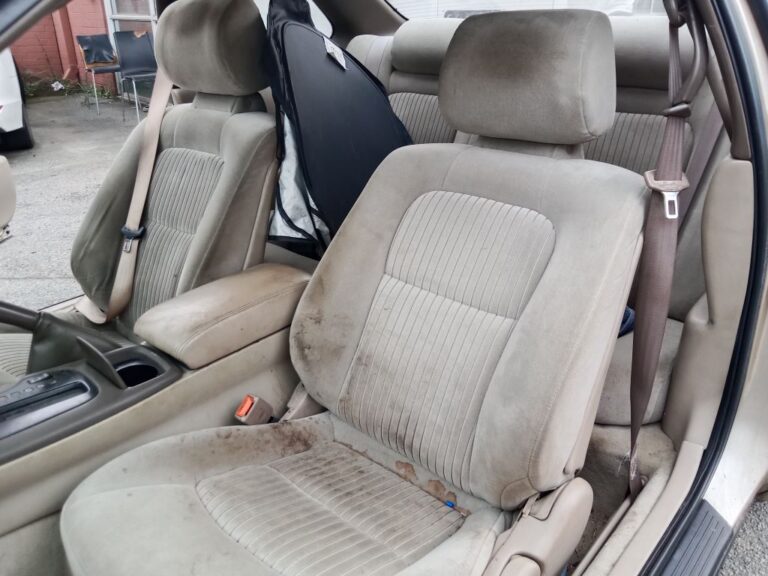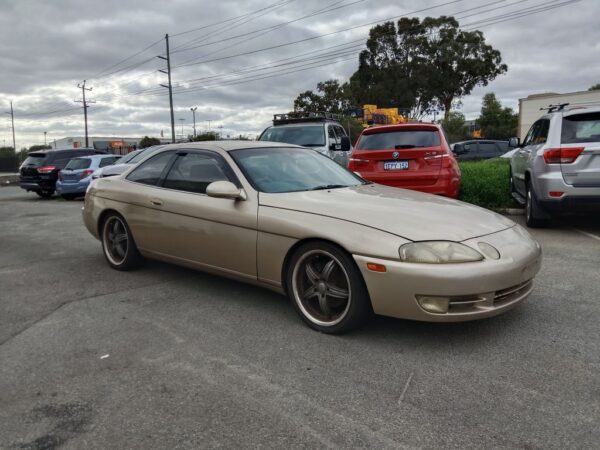Welcome to WA Auto Parts, your reliable source for used auto parts, cars for sale, and car removals in Perth, Western Australia. WA Auto Parts is a leading wrecker who carries a large stock of used car parts, cash for cars, and car removals. If you own a 2012 Kia Optima Blue that is at the end of its life or is in need of serious repairs, wrecking your car could be the best choice to make. You get cash for your car, while at the same time, you are helping the environment by recycling your car and reusing parts. In this guide, we are going to tell you everything you need to know about wrecking your 2012 Kia Optima Blue with WA Auto Parts.
1. Introduction
The Kia Optima 2012 is a reliable and stylish sedan, with a great reputation for performance and a modern feel. As with all cars, it will eventually be at the end of its useful life. Whether due to an accident, mechanical failure, or simply being outdated with no use, a wrecking service is a safe and environmentally friendly way to dispose of your car and get some cash for it in the process.
Thanks to WA Auto Parts, we are happy to help those in Perth and the surrounding areas with any wrecking services you need. Still providing high-quality service, including free car towing, we ensure that you have a great wrecking experience.
2. Why Choose Kia Optima 2012 for Wrecking?
The Kia Optima 2012 is a popular choice for wrecking, especially for those looking for used auto parts. Here’s why wrecking a 2012 Kia Optima can be a smart decision:
-
Strong Demand for Parts: The Kia Optima 2012 is a car that remains in demand for used parts, especially the engine, transmission, headlights, bumpers, and interior components. These parts are still sought after by people looking to repair their vehicles rather than purchasing brand-new parts.
-
Cash for Cars: If your Optima is no longer roadworthy, you can get instant cash for your car. WA Auto Parts offers a competitive cash offer for all cars, including your Kia Optima 2012 Blue, depending on its condition and the value of its parts.
-
Environmental Benefits: Wrecking a car is an eco-friendly way to dispose of your vehicle. Instead of letting it sit in a landfill or clutter up a junkyard, your car’s parts are recycled and reused, reducing the environmental impact of producing new auto parts.
3. Key Features of the Kia Optima 2012
Before starting the dismantling process, it is a good idea to become familiar with the features and specifications that contribute to the 2012 Kia Optima being a good vehicle. This is important for potential buyers to grasp the value of vehicle parts.
Performance: Depending on the trim, the 2012 Kia Optima has either a 2.4L 4-cylinder engine or a 2.0L turbocharged engine. The Optima is regarded for good fuel economy and a smooth drive, which is suited for daily commuters.
Design and Comfort: The Kia Optima 2012 has a more modern design and spacious interior. The vehicle is roomy with good legroom, heated seats, Bluetooth compatibility, and a fully functional dashboard. This makes it an attractive vehicle for those seeking used parts such as seats, dashboards, and trim panels.
Common Problems: Like any vehicle, the Kia Optima 2012 model has problems of its own. Some common issues that would cause an owner to consider wrecking include engine issues, transmission issues, or body damage from an accident. These problems can be costly to fix, and wrecking may become the most feasible alternative.
4. What Does Wrecking a Kia Optima Involve?
wrecking your Kia Optima with WA Auto Parts is easy and begins with a call to our team. Let’s break down the four steps of the wrecking process:
Step 1: Call WA Auto Parts: The first step in the wrecking process is to call WA Auto Parts at (08) 9358 1392. We’ll ask you for some simple information about your Kia Optima, such as the year, the condition of the car, and anything that may be wrong with it. Based on this detail we’ll give you a fair quote for your vehicle.
Step 2: Free Car Towing: If you accept our offer, we’ll then arrange for a free car towing service at your convenience. Our team will pick up your emergency from you location and tow it to our wrecking yard free of charge.
Step 3: Vehicle Assessment & Parts Recycling: Once your car has been towed to our facility our team of mechanics will assess the condition of the car and what parts are good and can be salvaged and reused. We then carefully extract valuable parts for potential resale.
Step 4: Recycling and disposal: Parts that can not be reused will be separately recycled in an environmentally conscious manner. The aim is to maximize parts reuse and minimize the waste in wrecking your emergency.
5. Parts Available from a Wrecked Kia Optima 2012
Dismantling or wrecking your 2012 Blue Kia Optima can also generate valuable automotive parts to use, or sell for cash. Some commonly recycled parts include:
Engine: The engine is one of the most valuable components a car can have. The 2.4L and 2.0L turbo engines are popular for vehicle mechanics and car enthusiasts alike.
- Transmission: A good working transmission can also sell for a fair amount of money used.
- Lights or Headlights: All front and rear lights, and both headlights, are also commonly desired recycled parts.
- Body Panels: If your body is in decent shape, things like bumpers, doors, fenders and side panels are also potential salvageable parts.
- Interior: If you wish, you can remove and sell customers seats, dash tops, center consoles and much more.
- Wheels and Tires: If the wheels and tires are still fairly worn, they can also be recycled and salvaged to other vehicles.
When you recycle your Kia Optima at WA Auto Parts, you are recycling and reusing vehicle parts, so other people can keep their vehicles running at a cheaper replacement cost.
6. Environmental Benefits of Wrecking a Kia Optima
Wrecking your vehicle is an environmentally-friendly option beyond merely using it as a disposal option. Here’s how:
Less Landfill Waste: Rather than letting your Kia Optima linger in a junkyard, wrecking allows for valuable materials to be repurposed and recycled. Auto parts, metal, glass, and plastics can be reused and made into many different products, which helps reduce waste.
Resource Conservation: By reusing car parts, it decreases the need for new resources to be mined and processed. This conservation of resources conserves energy and polution.
Responsible Disposal: Wrecking also prevents toxic materials from contaminating the environment. Toxic waste, like oil, coolant and battery acid, can be handled safely during the wrecking process.
7. Where to Sell or Buy Parts from a Wrecked Kia Optima 2012
At WA Auto Parts, we buy and sell used auto parts from wreckers such as Kia Optima 2012. If you are looking to sell a wrecked vehicle, or looking for parts for your vehicle, WA Auto Parts is the ideal location. Our expansive network mediated with expert knowledge will ensure you obtain excellent quality used parts at very reasonable prices.
If you are seeking to sell you parts, give us a call at (08) 9358 1392, and we will make you an offer. If you are looking for specific parts for your Kia Optima or another vehicle, we will do our best to source the part for you.
8. Cost Factors in Wrecking a Kia Optima
The amount of cash received for scrapping your 2012 Kia Optima is contingent on the following elements:
- The Condition of the Car: Cars in working order will receive more money than those that are severely damaged.
- The Value of Any Salvageable Parts: The more valuable parts the vehicle has (the transmission, the engine, the wheels, etc.) will translate to a better cash offer.
- Towing and Disposal Costs: At WA Auto Parts, we will not charge you for towing and disposal, so there are no hidden costs to worry about.
After we evaluate the car, we will present you with a competitive cash offer based on these elements.
9. Conclusion
If you own a 2012 Kia Optima Blue, and you are thinking about the best way to dispose of it, wrecking is a great choice for you and the environment. At WA Auto Parts, we make it easy and simple to arrange wrecking, provide cash for cars, and supply used parts. Our talented staff are ready to help you with each phase of the wrecking process, including a free quote and fast, free towing.
Contact WA Auto Parts today at (08) 9358 1392 to begin. Let us work together to get you cash for your old Kia Optima 2012 and recycle parts in a sustainable and environmentally responsible way!




